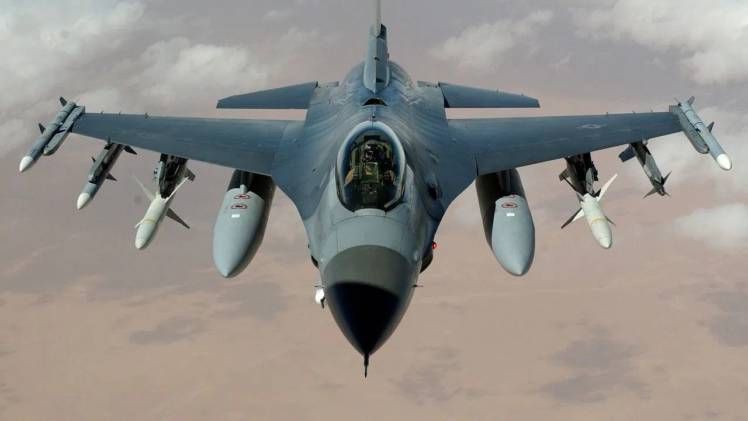Indian Army to Fight Like Meghnad: India Prepares for Advanced Combat Aircraft

Indian Army to Fight Like Meghnad: India Prepares for Advanced Combat Aircraft
In a significant move ahead of the elections, the Indian government has made a crucial decision during what is likely to be the last meeting of the Cabinet Committee on Security.
Defense experts believe this initiative marks India’s “most ambitious project” in the defense sector. India is set to develop 200 fifth-generation Advanced Medium Combat Aircraft (AMCA) using indigenous technology. Hindustan Aeronautics Limited (HAL) will manufacture the aircraft, while the Defence Research and Development Organisation (DRDO) will design it. An initial budget of ₹15,000 crore has been allocated for this project.
These combat aircraft will incorporate stealth technology, which enables them to evade enemy radar, allowing them to operate effectively from behind clouds, similar to the mythical Meghnad. Currently, only four fifth-generation fighter aircraft exist globally: the US has the F-22 Raptor and F-35A Lightning, China has the J-20, and Russia has the Su-57. With this initiative, India will become the fifth country to manufacture fifth-generation fighter jets.
The AMCA will be an advanced medium combat aircraft, expanding on the existing LCA Tejas, which is classified as a light combat aircraft. Combat aircraft are generally categorized into two types: heavy combat and light combat. Light combat aircraft have a single engine and are lighter, while heavy combat aircraft have two engines and greater payload capacity. Examples of heavy combat aircraft include Rafale and Sukhoi.
Both types of aircraft are essential for the military. Light combat aircraft are more cost-effective, allowing for the creation of a larger fleet compared to the operational cost of a single heavy combat aircraft. This is one of the reasons why Tejas is gaining recognition worldwide. The upcoming medium combat aircraft will blend features from both light and heavy variants, equipped with two engines, capable of performing the roles of both Tejas and Rafale.
Initially, the AMCA will use engines from General Electric, but plans to develop more powerful indigenous engines are underway as the squadrons are established. The project will also involve private suppliers, creating numerous job opportunities, according to defense engineers.
Need for Advanced Aircraft
India’s sudden need for such advanced aircraft arises as China is rapidly advancing in military technology. Experts stress the importance of having fifth-generation fighter jets in the Indian Air Force to keep pace with global developments. The AMCA is expected to be a single-seater aircraft operated autonomously with AI technology.
In addition to developing fighter jets, India is also enhancing its missile capabilities. On October 14, 2022, India successfully test-fired a missile from the nuclear-powered submarine INS Arihant, hitting its target. This achievement marked a significant milestone, and further advancements in defense are expected in 2024.
Joining the Pink Quadrilateral
India is set to join the “Pink Quadrilateral,” an elite group capable of striking specific underwater targets with cruise missiles. This membership highlights India’s growing defense capabilities.
Protection of the Pink Quadrilateral
The Pink Quadrilateral refers to a special defense alliance that signifies the ability to launch attacks from land, air, and sea. Currently, five nations belong to this exclusive group, with India preparing to be the sixth. Membership requires possessing long-range and medium-range missiles, air defense systems, and the infrastructure to launch attacks from any platform.
Earlier this year, India also entered the Nuclear Mission Group, marking another significant step in nuclear technology and solidifying its nuclear shield. The nuclear shield represents the capacity to conduct nuclear attacks from land, sea, and air, further enhancing India’s strategic defense capabilities.







